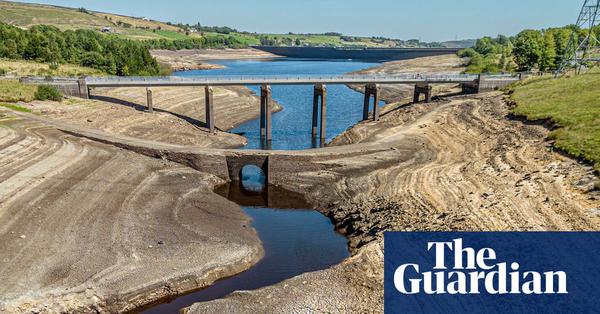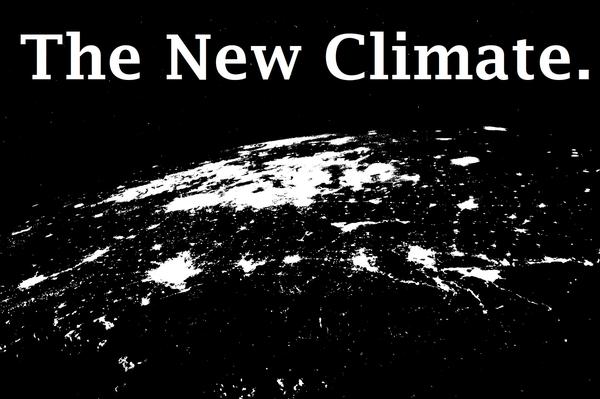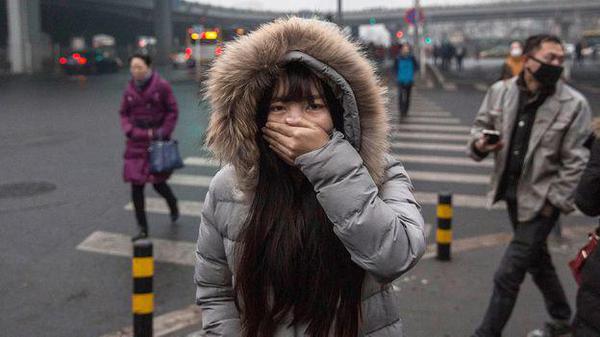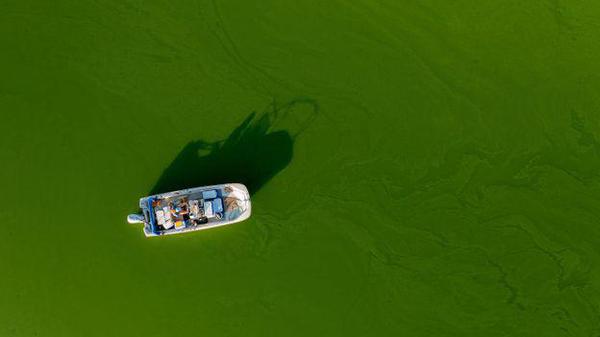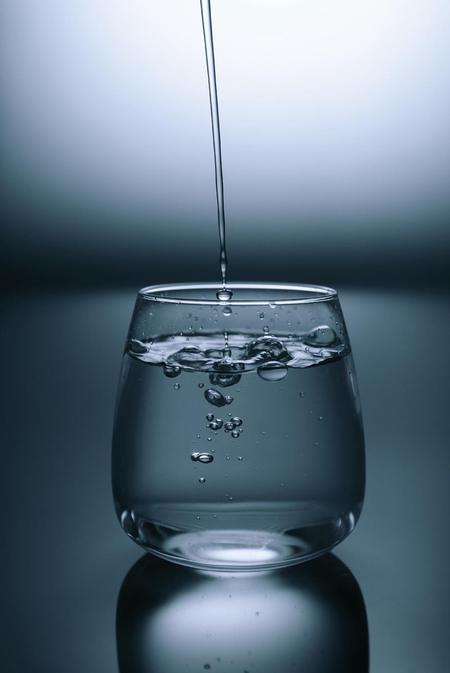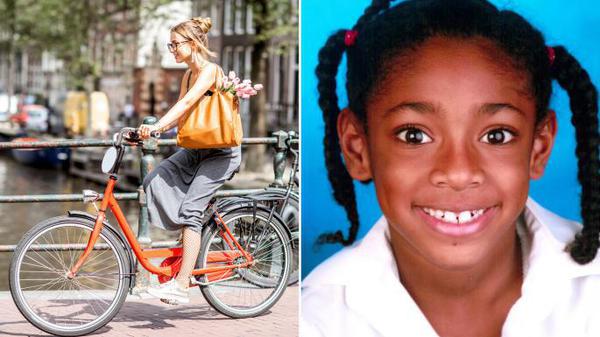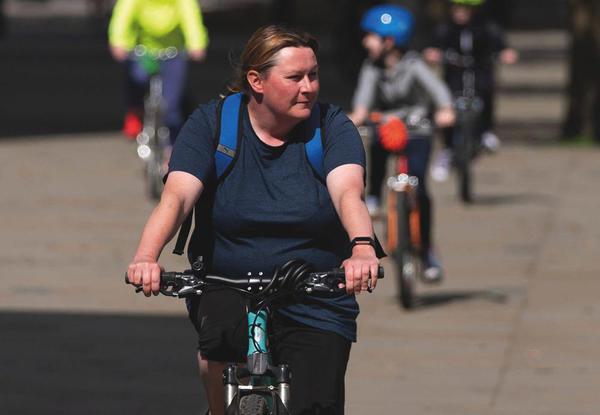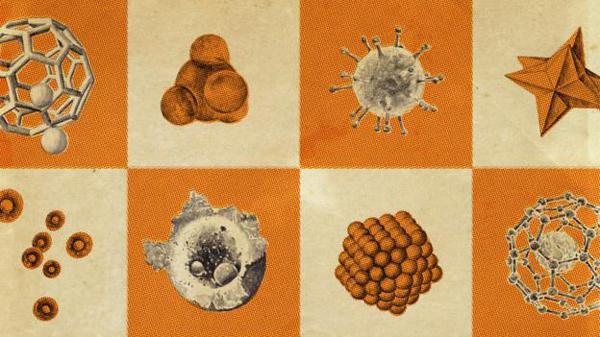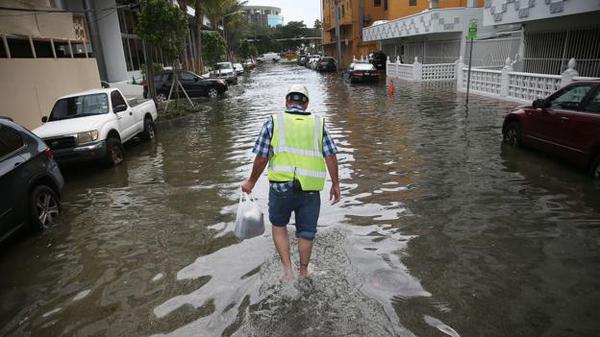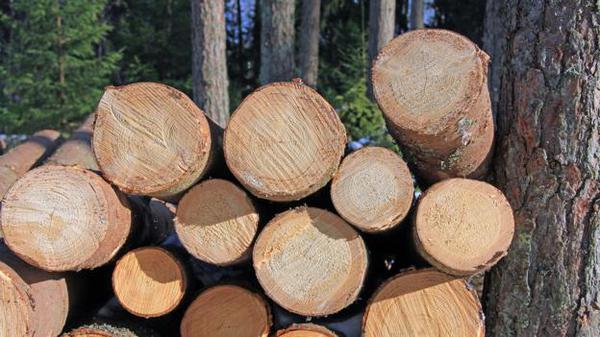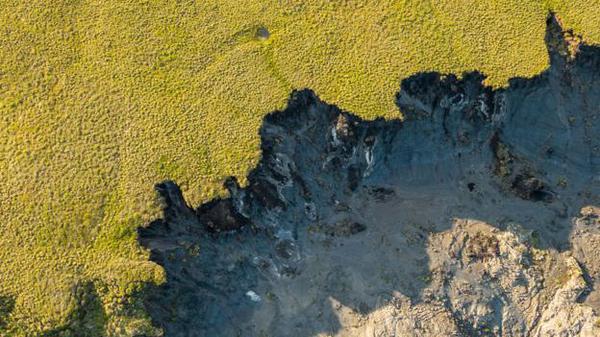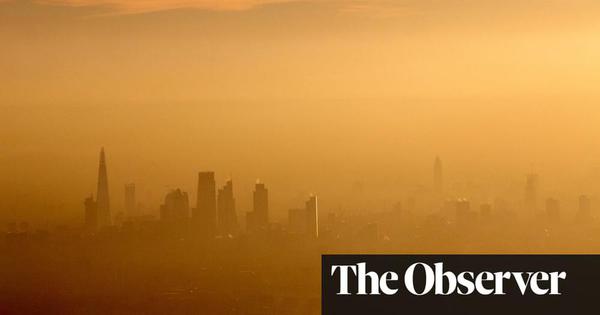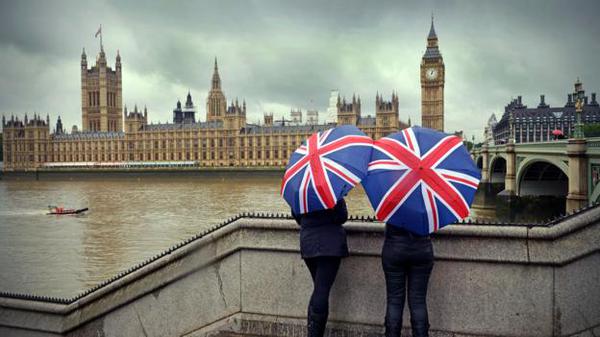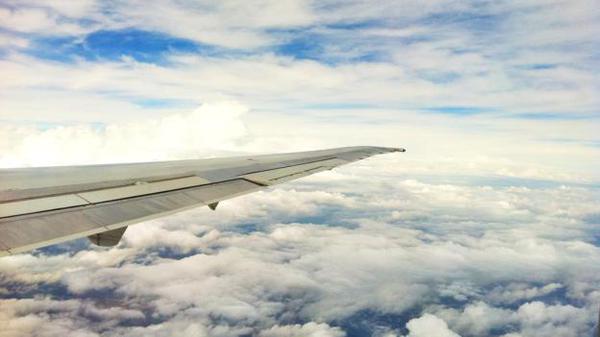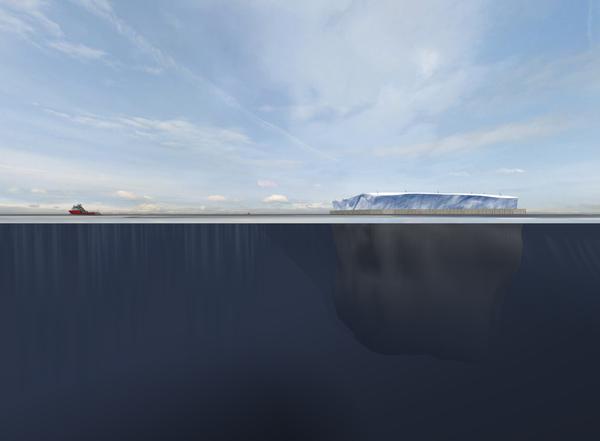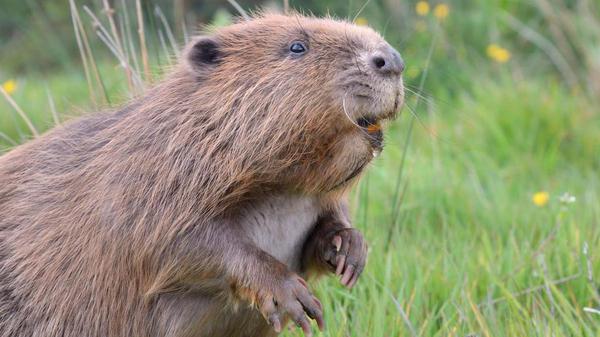
Book review: The Last Drop: Solving the World’s Water Crisis by Tim Smedley — how Britain’s taps could run dry
I read most of Tim Smedley’s book about the world’s impending water shortage while wallowing in the bath. It’s where I do much of my reading, happily turning the pages for hours until my flatmates begin to hammer on the door of our only bathroom. From that vantage, the thesis of The Last Drop: Solving the World’s Water Crisis felt utterly improbable. How can we be on the brink of a water shortage, not only elsewhere but in grey and soggy Britain too, when it flows so easily and cheaply...
